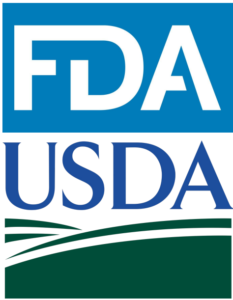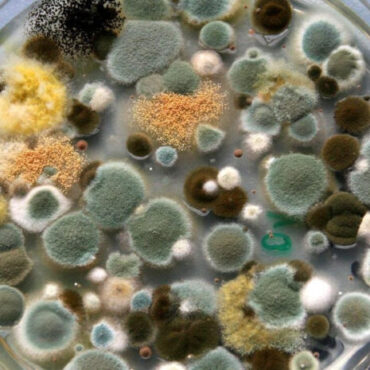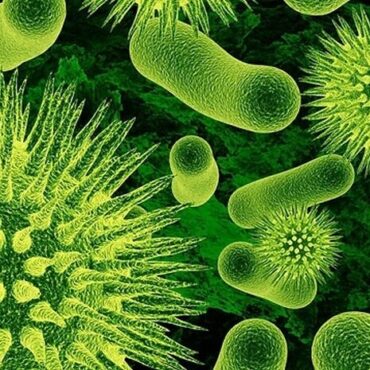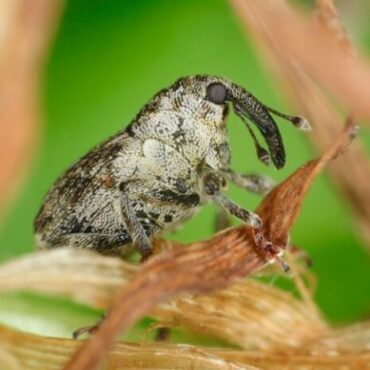COLD STERILIZATION WITH ACCELERATED ELECTRONS KILLS PATHOGENS AND INCREASES THE SHELF LIFE OF THE PRODUCTS TO BE PROCESSED!
Approved by FDA & USDA

The U.S. FDA officially permits the use of ionizing radiation for animal and pet food. For animal and pet food, FDA regulations authorize doses up to 50 kGy.
According to the FDA, irradiation:
– reduces pathogens such as Salmonella and E. coli
– prevents spoilage
– extends shelf life
– does not make food radioactive
– does not significantly affect nutritional quality, taste, texture, or appearance
U.S. Code of Federal Regulations 21 CFR Part 579 (Oct. 4, 2001)
Backed by IAEA, FAO and WHO
“Food irradiated up to an overall average dose of 10 kGy presents no toxicological hazard; nutritional and microbiological adequacy are maintained.” — WHO, 1994
“Irradiation can reduce the risk of food poisoning, control food spoilage and extend the shelf-life of foods without detriment to health… This view has been endorsed by… WHO, FAO and Codex Alimentarius.” — IAEA/FAO, 2016
In 2025, the IAEA continues to endorse food irradiation as a safe and effective technology.
“Irradiated food does not become radioactive. The process is safe and the food remains wholesome and nutritious.” — IAEA, 2025
Cooperation Options
Beamcomplex offers three cooperation options:
1) Turnkey E-Beambox Installation by Beamcomplex
Beamcomplex independently provides the installation of the box with an electron accelerator and assigns its own specialists to perform all commissioning and start-up works.
2) Contract irradiation services
Provision of ionizing radiation treatment services for food products at the multifunctional Radiation Processing Center using the box.
3) Supply and on-site installation of E-Beambox at the partner’s facility
Sale, installation, and commissioning of E-Beambox directly at poultry processing plants, and other industrial facilities.

QUICK INSTALLATION AND QUICK START-UP AT THE CUSTOMER’S SITE
Advantages of E-Beambox:
| Operation of the box requires only a site and access to a power supply; no facility remodeling is required. |
| The box’s conveyor system can be integrated into an existing production line for convenient operation |
| E-Beambox is a prefabricated container-type system, ready for quick installation and commissioning. |
| Installation and commissioning of the box eliminates interruptions and delays in the production process |
Technical Characteristics of E-BeamBox
E-BEAMBOX includes:
• Electron accelerator (of various power/energy)
• Special equipment (conveyor systems, radiation monitoring systems, etc.)
• Radiation shield (filled with concrete on-site)
Minimum installation area — 12 x 2.5 m
Models C5.100EXRK12 / C5.50EXRK12
• Designed for processing products in bulk, bags, boxes or on pallets.
• Equipped with two conveyor lines: for boxes/bags and for palletized loads.
E-Beambox Placement Options
In animal feed storage warehouse – a fully integrated system without changing the production cycle.
Technical Parameters
- Dose: 2.5 kGy
- Power: 50 kW/100 kW
- Throughput: 72 — 144 t/h (E-beam)
Main advantage of E-Beambox: may be installed in existing facilities with limited space.

IONIZING RADIATION TREATMENT TECHNOLOGY
E-BEAMBOX generates E-beam and X-Ray that penetrate various substances, materials and products. The electron beam technology is used for sterilization purposes of food products.
 E-beam (Electron Beam) — High-speed electrons → Precise, powerful processing
E-beam (Electron Beam) — High-speed electrons → Precise, powerful processing
• An E-beam is a stream of fast-moving electrons.
• Electrons are very light and charged, so they can be accelerated easily.
• When accelerated, they form a high-energy beam that can treat and modify materials.
X-Ray — High-energy photons → Deep penetration through materials
• X-rays are high-energy electromagnetic waves.
• Their photons have enough energy to ionize atoms and break molecular bonds.
• This makes X-rays an effective form of ionizing radiation for product treatment.
Examples of Treated Products
ANTIBACTERIAL TREATMENT OF ANIMAL FEED AND ITS ALTERNATIVES WITH E-BEAM AND X-RAY RADIATION TO DESTROY PATHOGENIC MICROORGANISMS (SALMONELLA, HELMINTHS, ETC.)

BENEFITS OF ANIMAL FEED IRRADIATION
Reduction of mycotoxins
Full elimination of insect pests and their larvae, pathogens, fungi, bacteria, viruses and parasites
Extended shelf life of treated products
Lifelong preservation of all nutrients and vitamins
Successful replacement of fumigation
High processing speed
Products are not heated during treatment
No residual radiation and free radicals in treated products
IMPORTANT NOTICE! It is essential to determine the appropriate dose of radiation in order to combat the specific type of pathogen identified in the laboratory and not to damage the valuable vitamins, proteins, and nutrients.
IRRADIATION OF FEED FOR DOMESTIC ANIMALS
| Treatment mode | Power | Dose | Thickness of treated product | Throughput |
|---|---|---|---|---|
| X-Ray | 50 kW | 2.5 kGy | Up to 1200 mm | 36 MT/hour |
| X-Ray | 100 kW | 2.5 kGy | Up to 1200 mm | 72 MT/hour |
Scientific Reports
Sustainable value chains for sustainable food systems
FAO/UNEP. Towards Zero Waste and Sustainable Food Production Using Human-Inedible Agroproducts and Food Loss and Waste as Animal Feed. 2016
MoreAre you currently interested in phytosanitary treatment of animal feed to destroy pathogens and eliminate insects?
If YES, please press the button and we will answer all your questions:
We are ready to implement the technology and need more information


